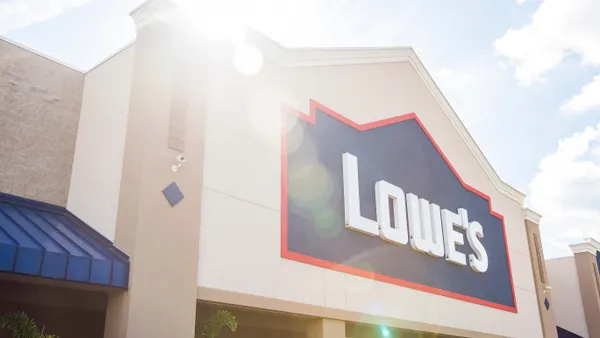Adidas has a plan to reduce supplier emissions quickly, which relies on the philosophy that 20% of effort yields 80% of results.
"We cannot wait for the perfect information before we act to achieve ambitious decarbonization goals. We must move quickly to significantly reduce emissions along our supply chain," Tracy Nilsson, Adidas' senior director of social-environmental affairs, said at the Reuters' Transform Europe Virtual conference last week.
Adidas has committed to reducing greenhouse gas emissions from its own operations and energy sourcing (scopes 1 and 2) and its suppliers (scope 3) 30% by 2030 compared to a 2017 baseline, in accordance with the Fashion Pact and the United Nations Framework Convention on Climate Change.
It's also committed to growing the bottom line, and that means tackling supply chain emissions in an effective yet efficient way. That's where the 80/20 rule comes in.
Tier 1 and tier 2 suppliers make up 50% of Adidas' total emissions, according to Nilsson. And those suppliers often represent the closest relationships too, paving the way to operational change.
"Your strategic suppliers are more likely to be willing to partner and develop projects that deliver carbon savings," she said.
But that doesn't mean any purchasing organization can successfully hand over emissions reduction instructions.
"Before even getting to the starting line, open and transparent dialogue to set mutual expectations with suppliers, is a must," Nilsson said.
Providing a framework for progress
Most suppliers don't have the information they need to start reducing emissions, Nilsson said. So Adidas has stepped in.
Adidas measures its core suppliers' emissions monthly and offers them a framework for reduction that zeroes in on four categories:
- Energy efficiency.
- On-site energy sourcing.
- Offsite renewables sourcing.
- Coal elimination.
The emphasis is on a favorable ratio of effort to impact, Nilsson said.
"Understand, measure and identify the biggest impacts and the areas that will deliver viable emission reduction opportunities," she said. "This is arguably the most critical starting point that any company has to reduce emissions in its supply chain."
Providing a framework for suppliers to work on their own emissions is becoming a hallmark of companies taking control of their scope 3 emissions reduction targets. In fact, McKinsey says a deeper level of supplier collaboration is essential to progress — especially in Adidas' industry.
Just 18% of fashion industry emissions can be mitigated by brand-named companies addressing their own operations and energy purchasing, according to McKinsey. The rest stems from the supply chain.
"To stay on the 1.5-degree pathway, the industry needs to go beyond this vision of accelerated abatement to fundamentally redefine business models and current imperatives of economic growth and rising consumerism," reads a recent McKinsey report. The firm suggests taking a fresh look at contract structure and supplier relationship management to embed emissions reduction into the normal course of business.
"We can make this sustainability world really complicated if we're not too careful. And it really could preclude someone from getting started because they don't understand it or don't see the value," Walmart's Senior Director of Sustainability Zach Freeze told Supply Chain Dive last month.
Walmart was one of the first retailers to create tools for suppliers to track their emissions. Adidas' tactics echo this collaborative approach.
Adidas: Fashion brand and energy consultant
Through the 80/20 approach, Adidas and its suppliers have realized not every emissions reduction tactic is right for every supplier.
Energy transition is crucial to decarbonizing the fashion industry and could cut upstream emissions by 63%, according to McKinsey. And suppliers are finding it easier to make the switch as prices drop for on-site solar energy and off-site alternative energy, especially in Asia, Nilsson said.
Adidas finances feasibility studies in Cambodia, China, Indonesia, Myanmar and Vietnam, which helps the company support suppliers' transition and gain a greater understanding of local dynamics.
Adidas has seen a 40% increase in suppliers using on-site solar panels in Vietnam by walking suppliers through the request for proposal process and vendor selection.
It's leveraging the same consultant role to work on off-site alternative energy sourcing and eliminate coal-fired equipment elsewhere in its supplier base.
"It is a marathon and not a sprint — one that will take years of training," Nilsson said.














